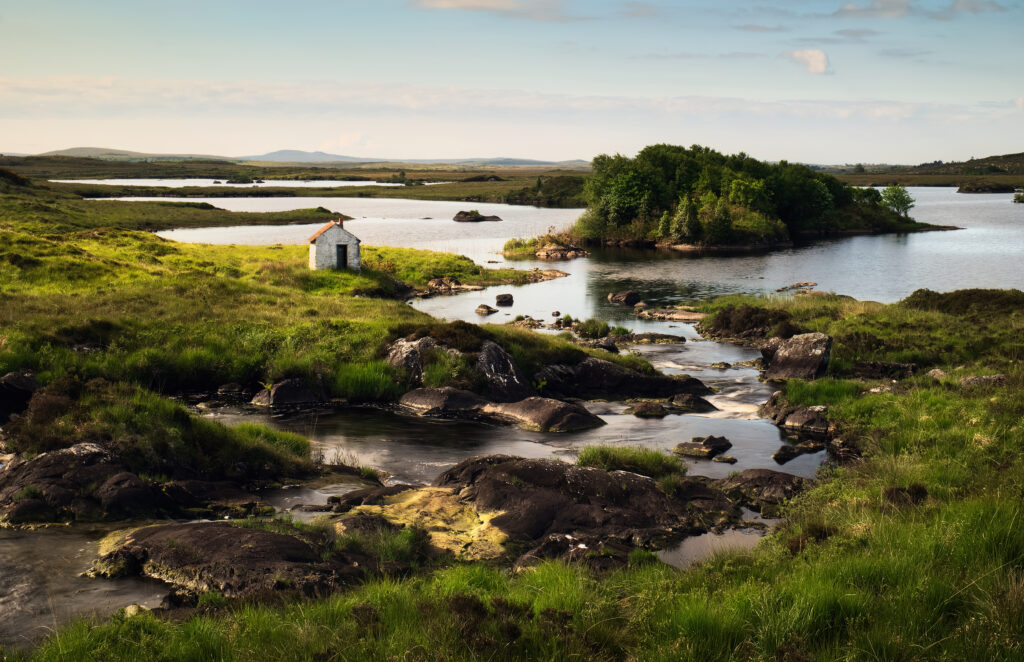
Whether you’re shooting a corporate video, a commercial, or a short film, the right location can make all the difference in bringing your vision to life. Locations play a pivotal role in elevating the overall production value and enhancing the effectiveness of your video marketing strategy.
In this comprehensive guide, we’ll delve into the art of location scouting and explore why it is essential for the success of your video production. We will provide tips, preparation steps, and key factors to consider when choosing your next location for various video projects.
What is Location Scouting?
Location scouting involves the meticulous search for suitable filming locations to capture various video and photo content. This content includes narrative films, interviews, supplementary footage such as b-roll, still photography, and other genres of visual storytelling.
A location scout serves as the linchpin between the creative vision and the physical reality of production. Location scouts are responsible for conducting research, obtaining photos, and scouring diverse environments in person. These environments can range from corporate offices to event spaces to urban landscapes to vast jungles to virtually anywhere in the world.
In short, location scouting is an essential part of the video production process.
Why Location Scouting Matters in Video Marketing
In the world of video marketing, a well-chosen location sets the stage for the entire production. Locations can influence the mood, tone, and overall aesthetic appeal of the final product. They serve as the canvas upon which the story unfolds, and the setting in which everything is captured.
The ultimate goal in location scouting is to find environments that visually complement the narrative and also offer practical benefits to streamline the production process, minimize logistical challenges, and maximize efficiency on set.
Whether you’re showcasing a product, conveying a corporate message, or sharing a customer testimonial, the right location serves as a powerful starting point for any production, and a visual cue that reinforces your narrative.
Preparing for a Video Production: Essential Tips for Location Scouting
Effective preparation is the cornerstone of a successful video shoot. Here are some essential tips to consider for location scouting for video marketing and corporate video production:
Define Your Video Marketing Objectives: Clarify the specific objectives and key messages of your video marketing campaign. Understand your target audience, their preferences, and the desired outcomes you aim to achieve through the video.
Craft a Detailed Location Brief: Outline the specific requirements and criteria for potential locations based on your marketing objectives and vision.
Research Relevant Locations: Conduct extensive research to identify locations that align with your video marketing goals. Utilize online resources, location databases, and scouting apps to gather information and inspiration.
Collaborate with Video Production Professionals: Collaborate closely with your video production team, including directors and producers to ensure alignment in the location selection process. You should leverage their expertise to maximize the creative potential of each location.
Visit Locations in Person: Whenever possible, conduct on-site visits to prospective locations to assess their suitability firsthand. Pay attention to details such as lighting conditions, ambient noise levels, and architectural features.
Consider Logistics: Evaluate logistical factors such as accessibility and parking availability for each location. Consider how long it might take you to load in, set up, and the amount of space you need for camera equipment and lighting.
Document and Organize Your Findings: Keep detailed records of each potential location, including photographs, notes, and contact information. Organize this information systematically to facilitate comparison and decision-making as you finalize your shooting locations.
Factors to Consider When Choosing Locations for Video Marketing Campaigns
When selecting locations for video marketing campaigns and corporate video production, several key factors come into play. Here are some essential considerations to keep in mind:
Brand Alignment: Choose locations that align with your brand identity. Consider the values and aesthetics that your brand embodies, and select locations that reflect these qualities.
Visual Appeal: The visual appeal of a location is paramount. Look for settings that will provide a backdrop for interviews that will not distract from messaging. You can also complement the narrative of the video with picturesque landscapes, fast-paced urban environments, or stunning architectural designs that will bring your story to life.
Local Flavor and Authenticity: If it aligns with your brand, messaging, and storyline, showcase locations that embody local culture, heritage, and lifestyle. Authenticity breeds authenticity, so seek out genuine settings that resonate with your audience on a personal level.
Accessibility and Convenience: Prioritize locations that are easily accessible to your production crew and video participants. Consider factors such as transportation options and proximity to local restaurants for crew meals to ensure a seamless shooting experience.
Versatility and Flexibility: Choose locations that offer versatility and flexibility, allowing for multiple scenarios, diverse shot compositions and creative possibilities. A location with multiple potential shooting angles and settings can add depth and richness to your video marketing campaign.
Permits and Regulations: Research if any permits, licenses, or regulations are required for filming in specific locations. Obtain necessary permissions in advance to avoid disruptions or legal complications during the shoot.
Budget Considerations: Evaluate the cost implications of each location in relation to your overall budget for the video marketing campaign. Balance aesthetic considerations with practical constraints to ensure a cost-effective and efficient production.
Consider a free location: If budget constraints are a concern, consider asking a colleague, friend, or family member for access to a free location, such as an office, home, or private space suitable for interviews and supplementary footage. Many public spaces also allow you to film without permitting, if the crew is small, and equipment is minimal.